BEEINFORMED
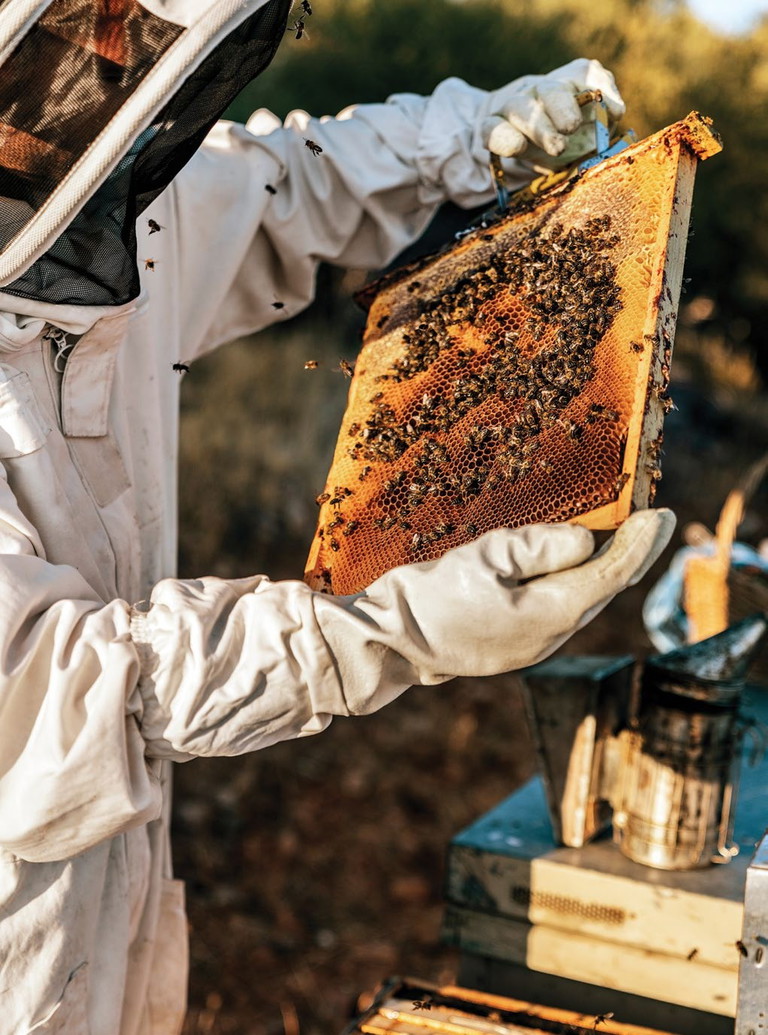
While reporting isn’t mandatory, each submission strengthens confidence that WA remains mite-free.
Keeping Western Australia
MITE-FREE
Western Australia continues to lead the way in proactive biosecurity, thanks to the vigilance of local beekeepers who voluntarily report their hive checks for varroa mites. While reporting isn’t mandatory, each submission strengthens confidence that WA remains mite-free. This season’s results offer valuable insights into participation rates, regional coverage, and opportunities to improve early detection efforts, ensuring our bees stay healthy and our industry resilient.
Words Shannon Holt, Project Officer (Bees)/Varroa Development Officer, DPIRD
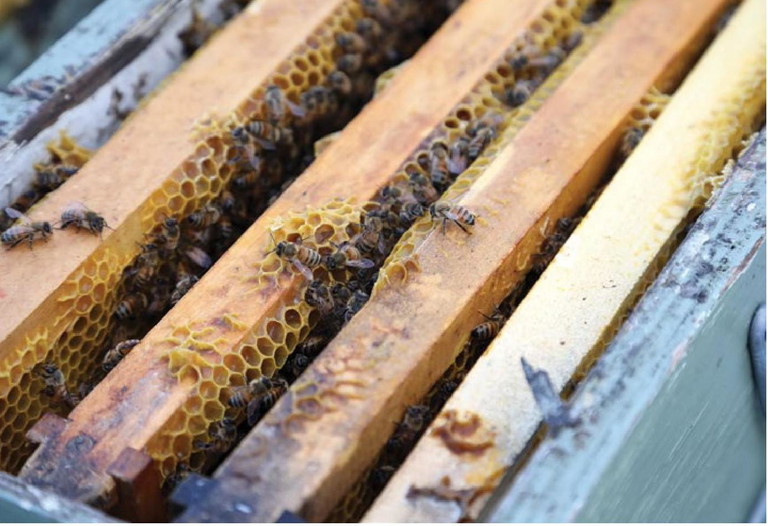
What happened this season
DURING the 2024–25 beekeeping season (September to May), 432 beekeepers (9.5%) checked 1,893 hives (3.6%) using alcohol washes, drone uncapping, or sugar shakes. These checks were carried out across WA, including regional locations such as Karratha, Geraldton, Albany, Esperance, Kalgoorlie and Norseman.
Figure 1 shows how many colonies were checked in each area: dark red indicates high levels of hive checks, while grey postcodes represent areas with at least one registered beekeeper but no reported checks. This map offers a useful snapshot of hive check coverage, showing both the spread and volume of testing. However, low-testing areas raise further questions: is it due to under-reporting, or simply fewer beekeepers or hives?
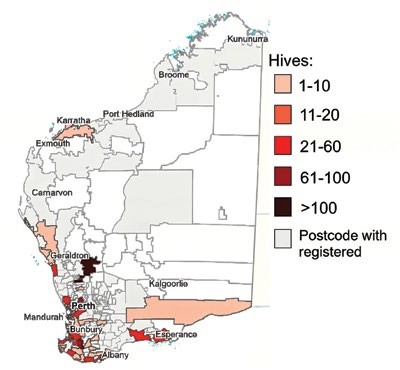
FIGURE 1. Number of reported hives per postcode checked for varroa during September 2024 to May 2025.
Source: DPIRD
Where are the location gaps?
Figure 2 shows the percentage of registered beekeepers in each postcode who reported hive checks. It’s important to note that location data for this map is based on beekeeper registration — not necessarily where the hive checks occurred. Still, it provides a reasonable indicator of participation rates and regional engagement, with most areas showing a 6–25% participation rate.
Some postcodes showing zero hive checks only have one or two registered beekeepers. However, several areas with higher numbers of registered beekeepers present an opportunity for DPIRD to focus targeted outreach — such as hive check education and Varroa Officer visits — to improve participation and biosecurity awareness.
Are we meeting hive check goals?
We compared reported hive checks against the expected number of checks. General rule of thumb:
• Survey all hives if you have 10 or fewer
• Survey at least 10% of hives if you have more than 10
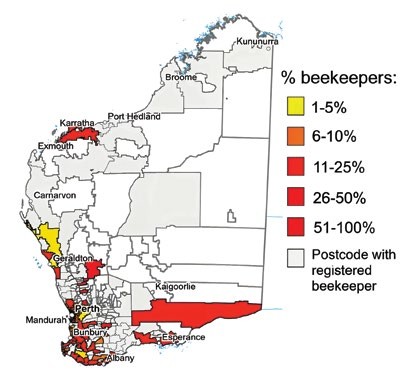
FIGURE 2. Percentage of registered beekeepers reporting hive checks for mites per postcode during September 2024 – May 2025.
Source: DPIRD
This 10% guideline is commonly used in pest management as a practical balance between effort and detection probability, though it’s best suited to larger apiaries. For example, if you manage 20 hives, best practice would be to check all of them — or at least 10. Ideally, WA beekeepers align with national standards, targeting a minimum of 10 hives per apiary (Varroa Monitoring — NVMMP) (see Table 1).
To simplify, we applied the 10% guideline to estimate WA’s minimum hive check numbers:
• Beekeepers with 1–10 hives: 3,965 beekeepers managing 8,490 hives. Only 11% of these hives were reported as checked. This group had the largest number of mite check participants (369 beekeepers).
• Beekeepers with 11–49 hives: Around 8% of beekeepers reported, with an average of six hives checked per beekeeper.
• Beekeepers with 50+ hives: 174 beekeepers managing 33,469 hives. Nearly 18% reported — this group showed the highest per-person effort, averaging 24 hive checks each.
Participation struggles
It’s clear that most beekeepers — regardless of hive count — struggled to meet the recommended levels of hive checks (assuming most checks were reported). If that includes you, take a moment to reflect: was it time, tools, knowledge — or something else?
To help improve future efforts, you can confidentially share your experience with DPIRD by emailing: Shannon.holt@dpird.wa.gov.au
Surveillance demands are only expected to grow. Once varroa is present, monthly mite checks using alcohol wash or sugar shake become essential.
In New Zealand, beekeepers initially checked around 10% of their hives. After experiencing significant losses, many increased their sampling to 25% or even checked every hive (Vallance et al. 2024).

Table 1. Registered beekeepers as of June 2025 and ‘recommended’ vs actual hive checks from last season (September 2024 – May 2025)
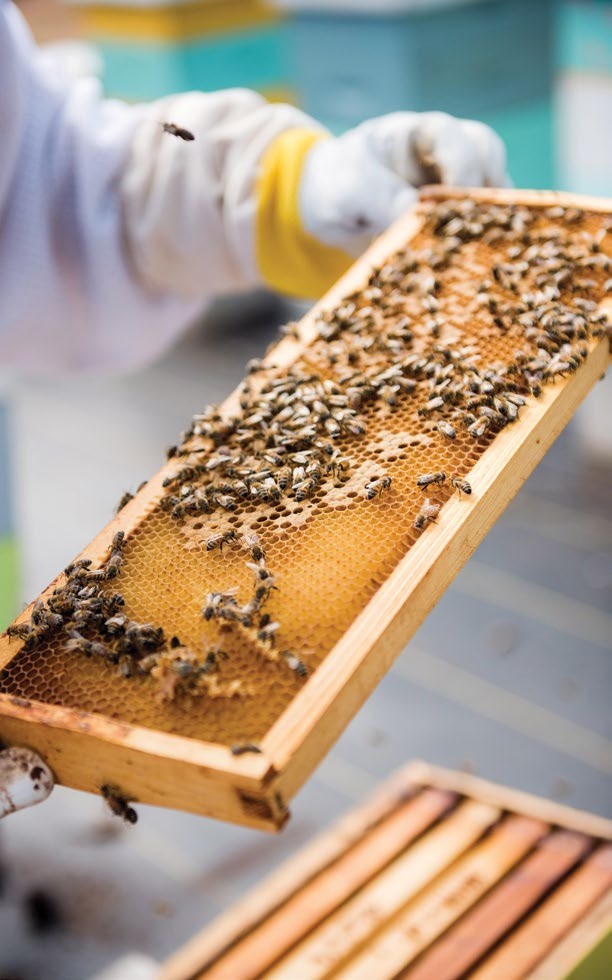
Why sample size matters
Early detection of varroa mites in your apiary is critical to protecting your bees and reducing spread. One of the most important factors is how many hives you check — the more you inspect, the better your chances of spotting mites before they become a bigger problem.
For example, if you have 100 hives and check just 10, you’ve only a 10% chance of detecting an infected hive. But if you check 25, your chances rise to 25%. This becomes especially important when varroa is present in WA but not yet widespread. Missing an early infestation could allow mite numbers to grow rapidly, potentially causing serious harm within a month or two.
Detection also depends on how many mites are present in an infected hive. The alcohol wash method is one of the most effective — it can remove over 90% of mites from a sample of around 300 bees. For reliable detection, there needs to be at least one mite per 100 bees (a 1% infestation rate). If mite numbers are low, washing an additional 300 bees can improve your chances.
Repeating mite checks throughout the year also helps. Each round of sampling offers another opportunity to catch an infestation early, especially when mite levels are just beginning to build. This is why regular and well-distributed mite checking is key to early detection and effective management.
While this explanation is slightly simplified, it highlights the importance of understanding your mite checking strategy. Varroa mites don’t spread evenly — they prefer young bees — so your method and hive selection matter.
To improve your chances of finding varroa early:
• Check more hives across your apiary
• Sample multiple times throughout the year
• Target high-risk hives, such as weak colonies or those on the site’s edges
• Avoid sampling only from one area — spread your checks across the whole site
By increasing your sample size and being strategic about which hives you check, you can detect varroa earlier and respond more effectively.
Improving map quality
The maps and figures are only as accurate and meaningful as the data entered. You can help by:
• Entering the correct postcode for the location of surveillance (not necessarily your registered address). PO box postcodes are not useful.
• Providing the accurate date of each surveillance
• Reporting the exact number of hives checked
• Supplying your correct beekeeper brand — without this, determining beekeeper numbers isn’t feasible
Without this information, your report may not meaningfully contribute to WA’s broader mite surveillance picture.
REFERENCE
1. Vallance S, Hall R, Stahlmann-Brown P, Pragert H, 2024 — Project Varroa: Better understanding beekeeper and industry-wide challenges in managing varroa, Surveillance, 52(2), pp. 17–21, Ministry for Primary Industries. (article: www.sciquest.org.nz/browse/publications/article/173538)